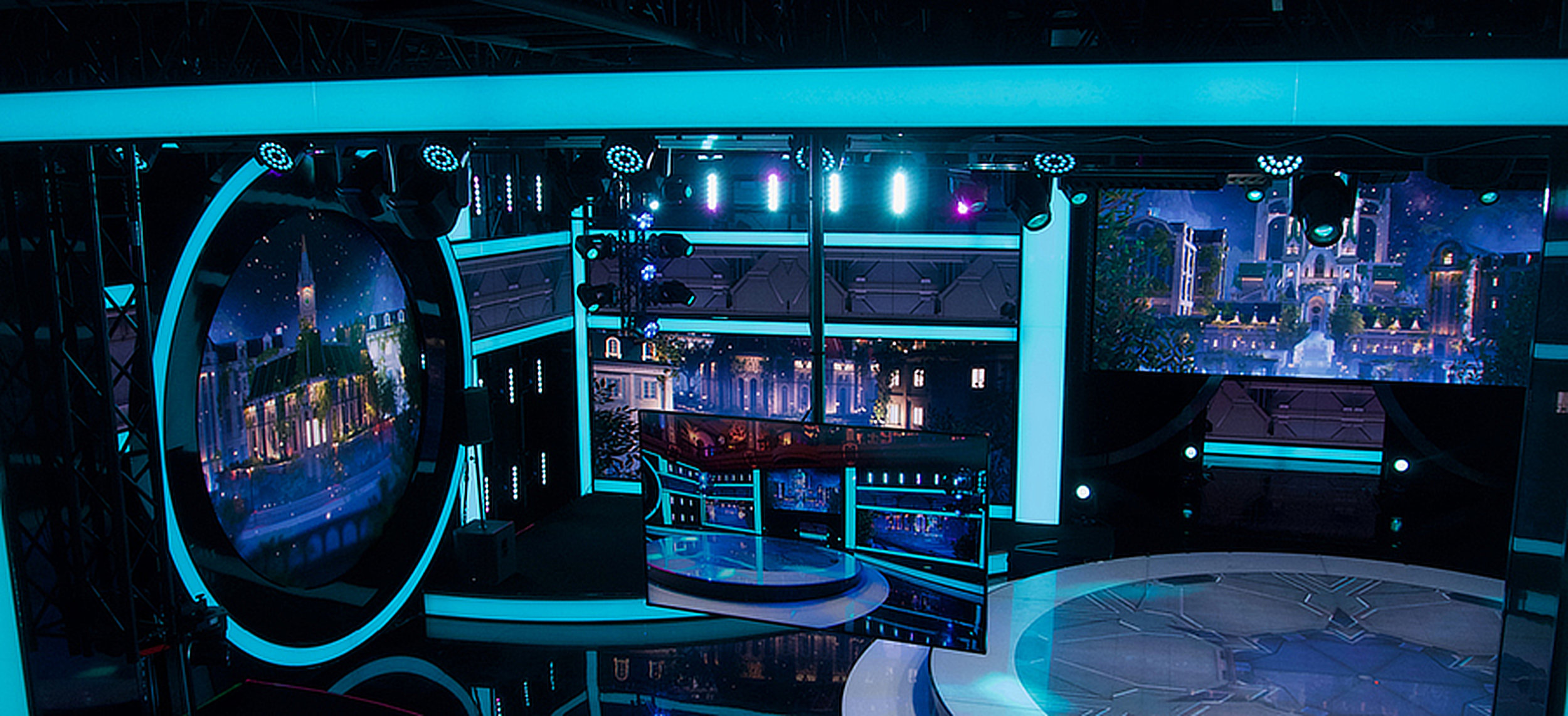Advantages of LED Display Walls Compared to Traditional Projection Technologies in Contemporary Visual Presentations
LED display screens have grown progressively favored in various settings, such as schools, corporations, and entertainment locations. These advanced display technologies offer several advantages over traditional projection technologies. Understanding these benefits can help companies make informed choices about their visual needs. This piece will explore the key advantages of LED display walls, including brightness, visual clarity, flexibility, upkeep, and energy efficiency.One of the most important benefits of Light Emitting Diode display walls is their luminosity. Light Emitting Diode tech produces lively and bright images that can be easily seen in multiple illumination conditions. Unlike traditional projection systems, which can struggle in brightly lit settings, LED display walls maintain their clarity and hue accuracy even in well-lit spaces. This makes them perfect for external activities or places with large openings. The high luminosity levels ensure that the material displayed is consistently visible, making it easier for viewers to engage with the information being shown.
In furthermore to brightness, LED video screens provide superior visual quality. They offer greater resolution and improved hue reproduction compared to traditional projector systems. This means that pictures and videos displayed on an LED wall appear crisper and more detailed. The pixel density of Light Emitting Diode screens allows for near observation without losing clarity, which is especially crucial in environments like trade shows or meetings where viewers may be close to the screen. Furthermore, LED tech can produce deeper dark tones and more intense colors, enhancing the complete aesthetic experience.
Flexibility is another key benefit of Light Emitting Diode video walls. These systems can be configured in multiple sizes and shapes to fit varied spaces and design requirements. Unlike traditional projection systems, which require a particular distance from the screen to function correctly, Light Emitting Diode video screens can be set up in a variety of settings. They can be bent, tiled, or even used in innovative arrangements to create unique visual exhibits. This flexibility allows companies to tailor their visual presentations to suit their particular needs, making LED display screens a flexible choice for any setting.
Upkeep is also a critical consideration when comparing Light Emitting Diode display screens to conventional projection systems. Light Emitting Diode screens generally require fewer upkeep over time. Traditional projection systems often need lamp replacements and routine cleaning to maintain peak functionality. In comparison, LED technology has a longer lifespan and does not require regular changes. This lowers downtime and maintenance costs, making Light Emitting Diode video screens a more economical option in the long-term future. Organizations can focus on their presentations rather than worrying about the upkeep of their visual technologies.

Lastly, power efficiency is an important consideration for many organizations. LED video screens consume fewer energy compared to conventional projector technologies, which can lead to substantial savings on power costs. This is particularly advantageous for companies and locations that use screens for long times. Additionally, the lower energy consumption of LED technology contributes to a lowered environmental impact, making it a more sustainable choice. By choosing LED video screens, companies can enjoy premium display screens while also being considerate of their power consumption and environmental impact.
In summary, Light Emitting Diode display screens offer many advantages over traditional linked here projection systems. Their brightness, image quality, flexibility, minimal upkeep requirements, and power conservation make them an superior option for contemporary visual screens. As technology continues to progress, LED display screens are likely to grow even more common in multiple environments, providing organizations with the tools they need to effectively convey and engage with their viewers.